Consider a moment when your parents forced you to eat all of the veggies and fruits on your plate as a kid. Although it may have appeared to be a chore at the time, it should seem obvious now that they were doing you a favour.
Reviewing your nutritional intake is a must for seniors as it is a great factor that affects your health and body as you age. Aside from adjusting to a possibly slower metabolism, you’ll want to account for bone deterioration, slowed bowel function, and muscle mass loss of about 1% per year until age 65, after which the loss can treble.
Here are the best superfoods that are guaranteed 10x delectable and a hundred times nutritious if you’re a senior seeking exciting meals on the table:
1. Avocado
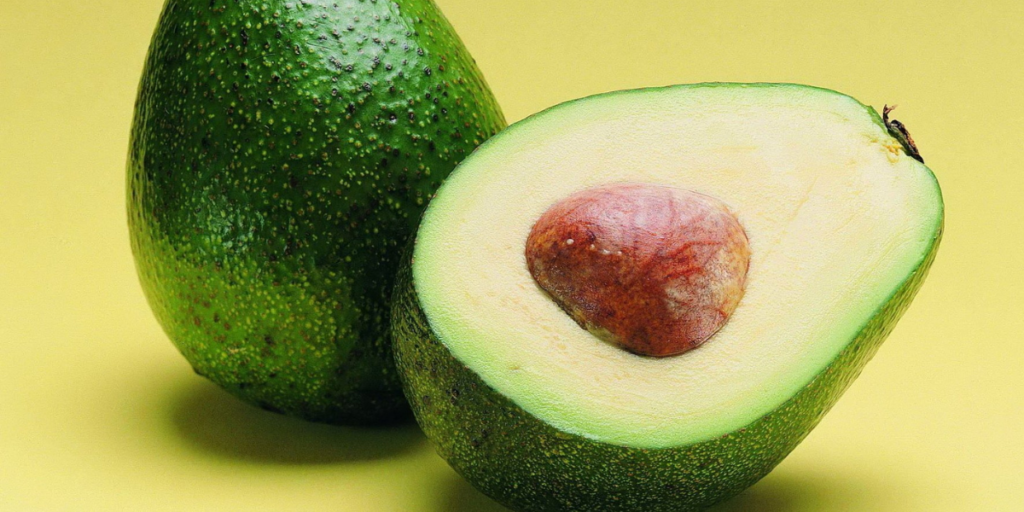
Avocado is a very healthy fruit that is frequently used in culinary applications as a vegetable. It’s high in fibre, vitamins, minerals, and healthy fats, among other things. Monounsaturated fats are abundant in this meal.
Avocado has the greatest MUFA, oleic acid, which has been related to lower inflammation in the body. Consumption may lower your risk of heart disease, diabetes, metabolic syndrome, and some cancers.
Fun Meal Prep Tip: Soft avocados, for example, make delicious guacamole, while firmer avocados are great for slicing and adding to a salad or sandwich.
2. Berries
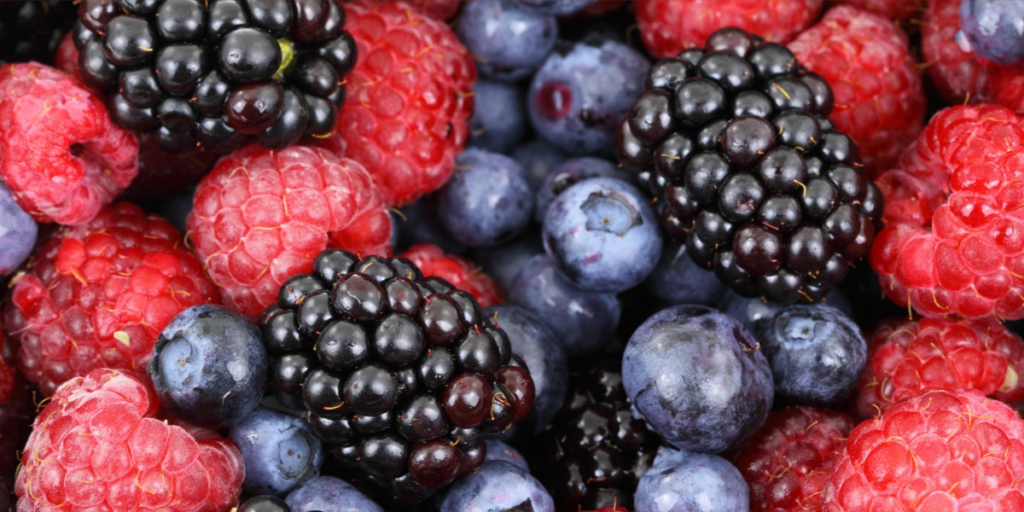
Berries are abundant in fibre, vitamin C, and anti-inflammatory, antioxidant flavonoids, making them ideal for the over-50 demographic. Fibre aids in digestion, weight management, and the prevention of illnesses such as diabetes, heart disease, and cancer.
It’s also beneficial to the brain as it ages. Berries are a significant element of the MIND diet, which focuses on foods that battle neurodegenerative delay because they include powerful antioxidants that may boost motor abilities and short-term memory.
Fun Meal Prep Tip: When berries are not in season, you may buy them frozen, which is just as healthful. Serve simply or mixed with yoghurt, cereals, or smoothies.
3. Tomatoes
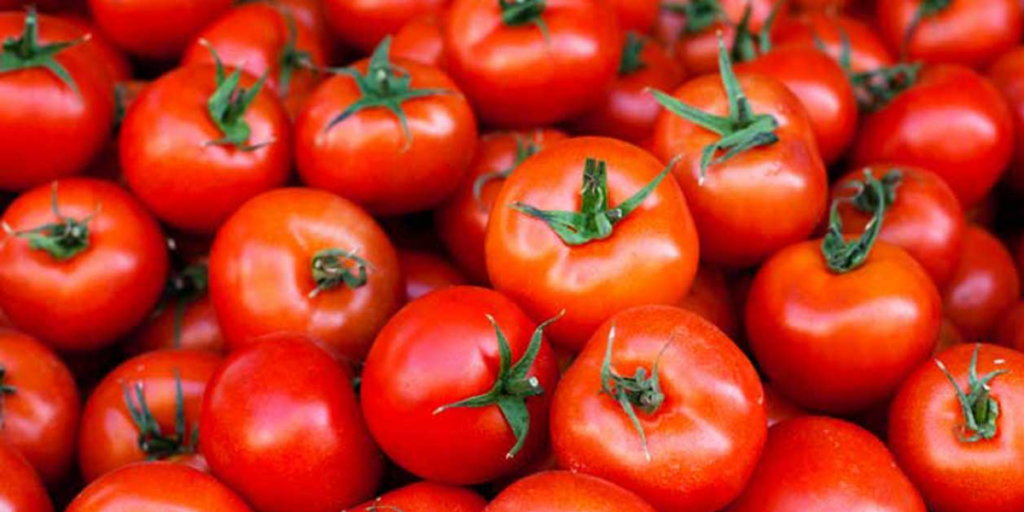
Tomatoes are high in Vitamin C, which not only aids in the proper functioning of our immune system but also aids in the formation of strong bones, good skin, and healthy gums. Lycopene, which has been demonstrated to lessen the incidence of prostate cancer, is also present.
Fun Meal Prep Tip: Tomatoes can be used in salads or as a tomato sauce for pasta. They’re also good in stews, soups, and chilli. When tomatoes are cooked and heated in a healthy fat like olive oil, lycopene becomes more available for your body to absorb.
4. Dark Green Leafy Veggies

Vitamins A, C, E, and K are abundant in salad greens, kale, and spinach, while broccoli, bok choy, and mustard are high in B vitamins. They’re also high in fibre and low in fat and salt by nature.
Fun Meal Prep Tip: Steam or stir-fry, seasoning with healthy oils, herbs, and spices. Soups, casseroles, and pasta meals may all benefit from a frozen cruciferous vegetable mix.
5. Legumes and Beans
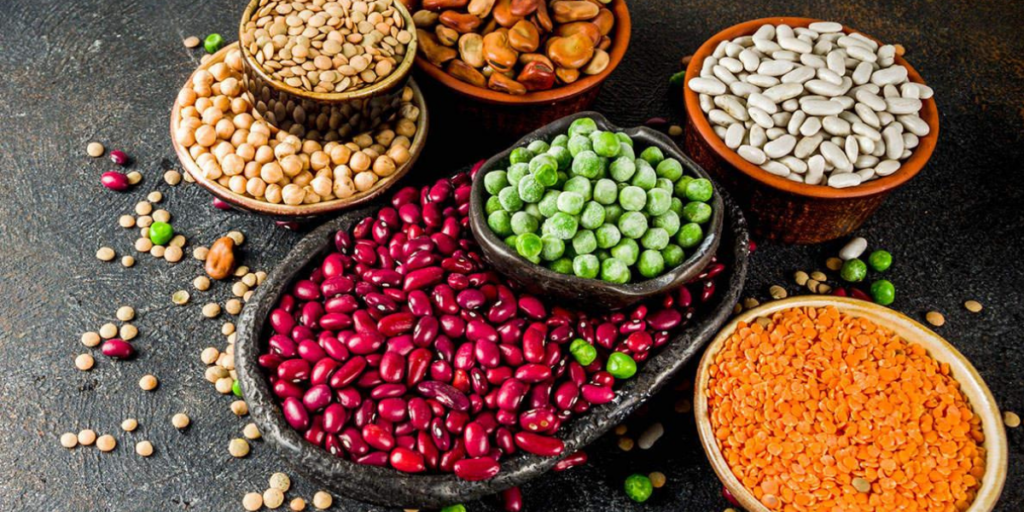
Beans can help lower cholesterol levels. They’re high in fibre and protein and low in calories. Iron, potassium, and magnesium are also abundant. Look for low-sodium canned beans or dry beans. If neither are available, drain and rinse a can of normal beans to cut the salt content by 41%.
Fun Meal Prep Tip: Toss drained, rinsed, dried beans with a little olive oil and your preferred spices to incorporate them. Crushed whole seeds, woodsy herbs, red pepper flakes, crushed garlic cloves, and salt and pepper are all great options.
6. Seeds and nuts

Nuts are high in protein and fibre, and they might help you feel satisfied. You won’t be hungry at dinner if you have only a few as an afternoon snack.
Walnuts, flax meal, and chia seeds all contain ALA omega-3 lipids, which are converted to EPA and DHA omega-3 fatty acids; frequent consumption of omega-3 fats, in particular, can help preserve your brain.
Fun Meal Prep Tip: Add a few to your oatmeal or yoghurt, or eat them as a snack. But keep in mind that they’re high in calories, so only eat a tiny handful. Try peanut butter (which is really a legume), almond butter, or cashew butter. Nuts are also a tasty addition to cooked vegetables or salads.
7. Seafood

Salmon, cod, tuna, and trout are lean protein sources that help elderly adults maintain or recover muscle mass. Vitamin B12, which is exclusively found in animal foods and which humans have a harder difficulty absorbing as we get older, is also present in fish.
Fun Meal Prep Tip: Purchase fresh, frozen, or tinned fish to incorporate. Salmon, tuna steaks, mackerel, herring, trout, anchovies, and sardines are the fish with the greatest omega-3 concentration. It may be steamed, cooked in olive oil, grilled, or used as salad toppers.
8. Cottage Cheese

Cottage cheese is high in whey protein, which aids in the production of muscular protein. Athletes are aware of this and frequently consume a whey protein smoothie. However, instead of doing so, consume cottage cheese.
It also contains a lot of calcium and vitamin D. Our bones, as we reach the age of 35, begin to lose density. Thus including these foods in our diet is useful for maintaining it.
Fun Meal Prep Tip: If you’re not ready to fall in love with it on its own, try it in cheesecake or pancakes. You may also try adding fruit to your cottage cheese or eating it with bread. Instead of Greek yoghurt, try cottage cheese and welcome the return of the curd.
9. Eggs
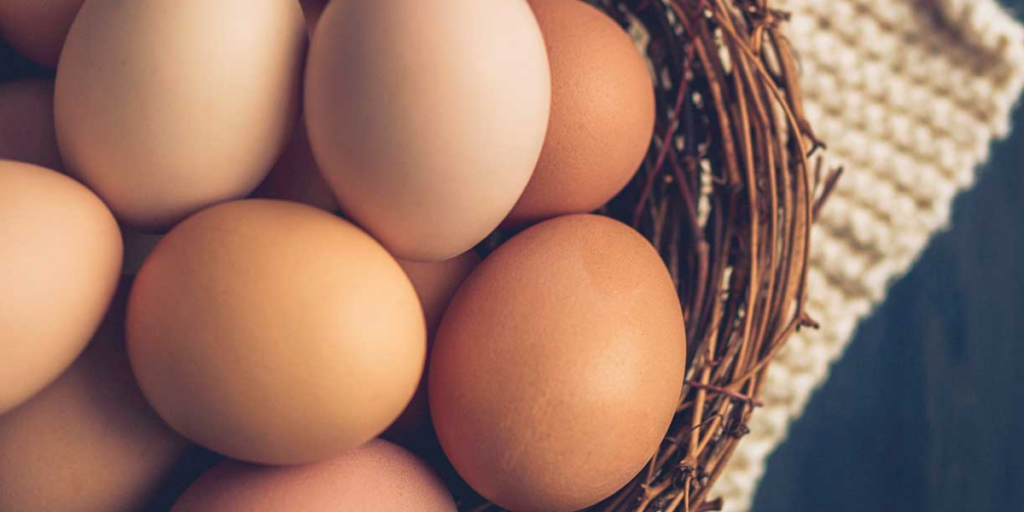
Because of their high cholesterol level, eggs have long been a contentious issue in the nutrition industry, yet they remain one of the healthiest foods. B vitamins, choline, selenium, vitamin A, iron, and phosphorus are all abundant in whole eggs. They also include a lot of high-quality protein.
Zeaxanthin and lutein, two powerful antioxidants found in eggs, are proven to preserve eyesight and eye health.
Fun Meal Prep Tip: Shorter, lower-heat cooking methods reduce cholesterol oxidation and help maintain the majority of the egg’s contents. Therefore, poached and boiled (hard or soft) eggs can be the healthiest option. Also, these cooking methods do not add any extra calories.
10. Green Tea

Green tea is a gently caffeinated beverage with a wide range of therapeutic benefits. Green tea contains antioxidants and polyphenolic substances that have anti-inflammatory properties. The catechin epigallocatechin gallate, or EGCG, is one of the most abundant antioxidants in green tea.
Green tea’s apparent potential to protect against chronic illnesses such as heart disease, diabetes, and cancer is most likely due to EGCG. Green tea’s mix of catechins and caffeine, according to research, may make it an excellent weight-loss strategy.
Drink Prep Tip: To avail the full antioxidant powers of green tea, it must be consumed in between meals. This means you should consume it at least two hours before and two hours after your meal.
11. Water

As you become older, you need to pay greater attention to hydration. Keep track of your water consumption, especially if it’s hot and humid outside and you’re sweating a lot.
Increasing your water intake can help mitigate the consequences of gastrointestinal function deterioration as you become older. Also, keep in mind that humans frequently mistake thirst for hunger.
Drink Prep Tip: You should aim for 6 to 8 glasses of fluid a day. Sometimes adding a few slices of lemon or orange or some ice cubes can give water a fresh taste. This can make it easier to drink more.
These 11 superfoods (and drinks) are easy to prepare, guaranteed nutritious, and great drivers of a balanced diet for adults. However, before you grab these from the supermarket, it is also best to consult your physician first to determine any food allergies that may trigger your body.

